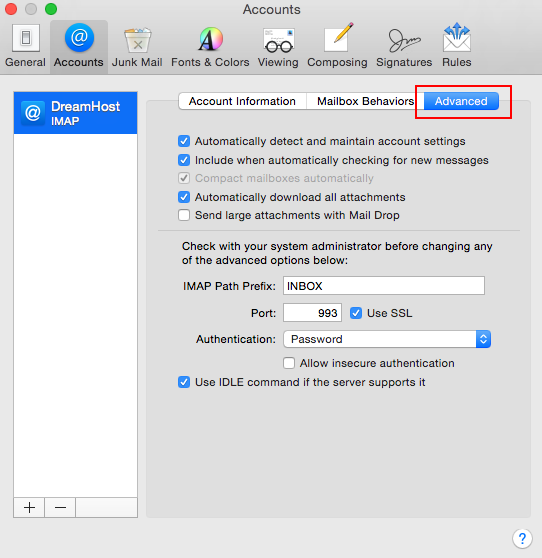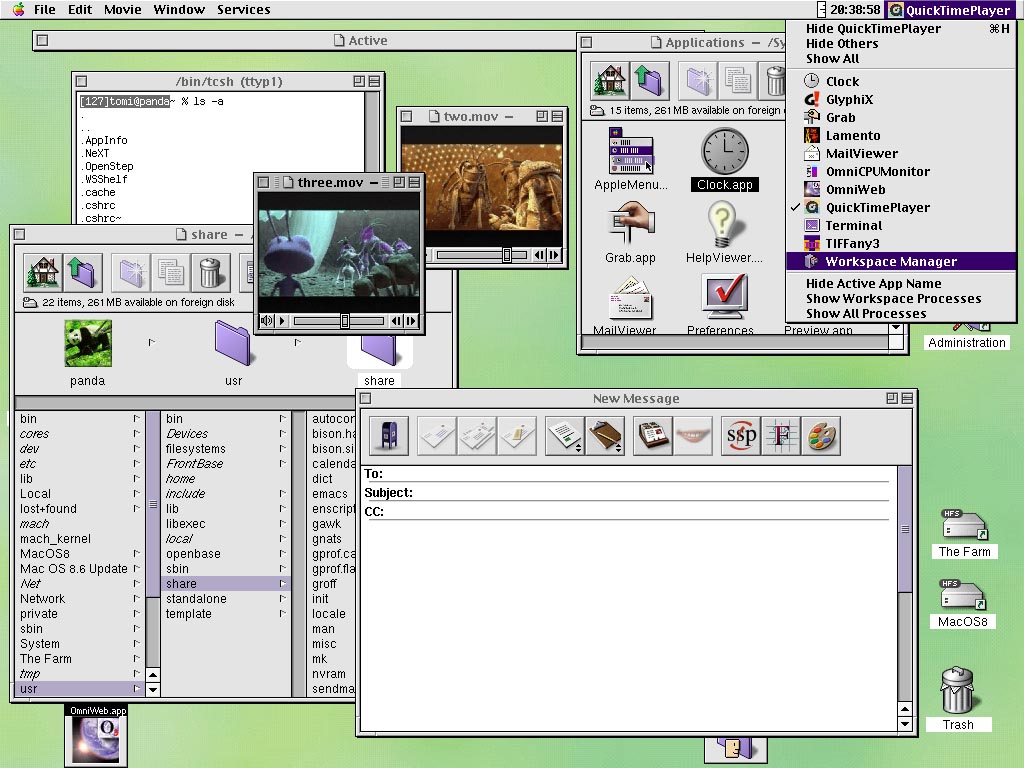

- Apple drops macos server mac os x#
- Apple drops macos server upgrade#
- Apple drops macos server software#
- Apple drops macos server code#
- Apple drops macos server zip#
Shared domains also allow systems administrators to define custom user environments. The shared domain can also allow users to access resources on other servers that are bound to the domain.
Apple drops macos server mac os x#
Mac OS X Server relies on shared Open Directory domains to provide network user accounts that can be used to log into computers that are bound to a shared domain. This local domain allows each user to have a computing experience and home directory, and the local domain works with the file system to manage permissions on files and folders. Mac OS X's native directory service is called Open Directory.Įvery Mac OS X computer includes a local Open Directory database - referred to as a domain - that stores information about local user accounts. These services provide a database for central account management for both user and computer, as well as a framework for sharing that information among workstations and servers. Ransomware gang creates site for employees to search f.Directory services are a critical component of any enterprise environment. Snap! Ransomware site, the cyberQuarter, Who, me?, & long live Floppotron! Spiceworks Originalsįriday is right around the corner! But, before we start thinking too much about weekend plans, let's dive into today's Snap!.

Our annual State of IT report has tracked tech adoptionĪnd IT spending over the years, helping everyone in the industry understand how businesses expect to use and purchase technology in the future.Why is this information important to IT professionals?.

Survey: Share your future IT plans for 75 points! Spiceworks.We ask that you participate only if you actively engage in app development.
Apple drops macos server software#
Apple drops macos server zip#
It's a less than ideal situation but there it is.Įxtreme ZIP is an excellent product especially if you have an established Microsoft server environment, and want to provide an excellent fileserver experience to your Mac clients.Īs for the OP, " on the mac, OSx substitutes "AFP://SMB://ServerName/Share" for "SMB://ServerName/Share".
Apple drops macos server code#
So it's not up to Apple and no they're not going to make their private code (necessary modifications in the form of tie-ins for authentication) publicly available as required by the license anymore than Microsoft would do so - in other words, never going to happen. The glaring difference with Apple being that they are a particularly huge and visible company. So until that time, save your would-be schadenfreude, and instead see if you can realize the hard fact that - just like you and me - Apple has to abide by the licensing terms (of GPLv3) for Samba. :)Īnd if you can go convince Samba to revoke, reverse or give up their use of GPLv3, go right ahead.
Apple drops macos server upgrade#
Or the better method would be to upgrade OS X so you're not dealing with an 8 year old client operating system trying to connect to a 5 year old server operating system. Microsoft network server: Digitally sign communications (if client agrees) Microsoft network server: Digitally sign communications (always) I don't know for sure, but OS X 10.4 may only have support for SMB 1.0.Ĭomputer Configuration -> Policies -> Windows Settings -> Security Settings -> LocalPolicies -> Security Windows Server 2008 will default to SMB 2.0. Since you have Server 2008 and OS X 10.4.11, my guess is Server 2008 is asking for a higher level of security than 10.4.11 supports. Also, I haven't had any issues accessing Windows servers in Lion or Mountain Lion so I wouldn't put too much stock in that route either. Eric specifically said the client is 10.4.11, so everything posted by Galen about Lion and Mountain Lion can be ignored.


 0 kommentar(er)
0 kommentar(er)
